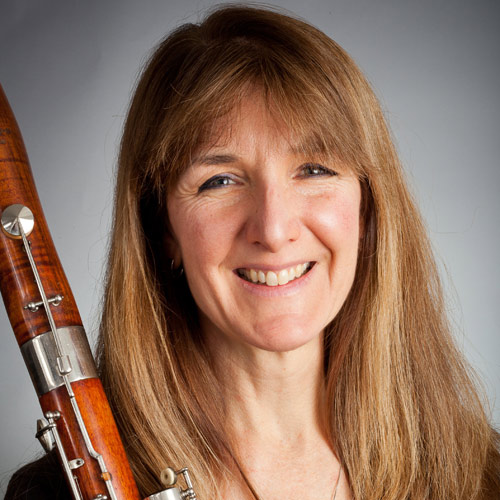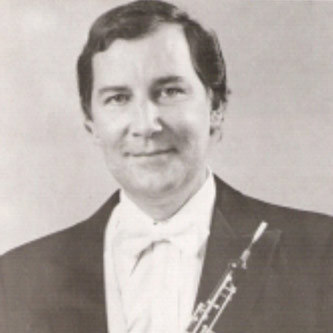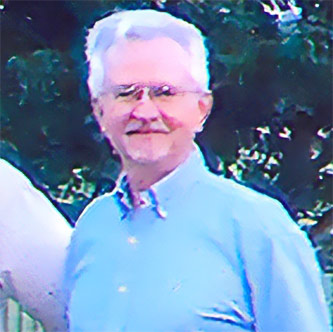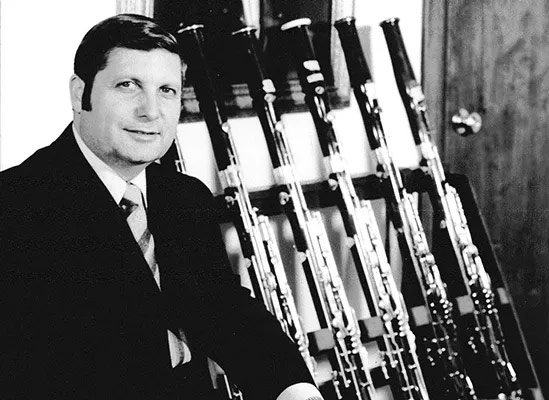About IDRS Honorary Membership: The establishment of the Honorary Membership of the IDRS serves to honor individuals of exceptional distinction who have demonstrated meritorious service to double reed societies. These individuals have significantly contributed to performance, teaching, publications, instrument making or repair, and reed making. The esteemed designation of Honorary Membership can be bestowed upon deserving individuals through nominations submitted by the Society’s esteemed membership.
In 1974, the inaugural recipient of this distinguished position was W. Hans Moennig (1903-1988), whose outstanding achievements set a precedent for future honorees.
Upon receiving a two-thirds vote of the Board of Directors, nominees may be elected to honorary status, signifying their remarkable accomplishments and contributions.
March 2021 onwards IDRS members may nominate a candidate who has retired from their primary position, or reached 62 years of age. IDRS members may also nominate a candidate who has passed away since the founding of IDRS in 1971. These Honorary Members will be noted as “awarded posthumously.”
The IDRS HONORARY MEMBERSHIP NOMINATION PROCESS:
The designation of Honorary Membership of the IDRS is reserved for individuals of exceptional distinction who have demonstrated meritorious service to double reed societies through their contributions to performance, teaching, publications, instrument making or repair, or reed making.
Nominations should adhere to the following three distinct categories: a. Living oboist b. Living bassoonist c. Deceased oboist or bassoonist.
Once a person is nominated, their nomination remains in the pool of nominees indefinitely.
The Honorary Membership committee thoroughly reviews both new and sustaining nominations, carefully compiling them for ranking purposes.
This committee is led by the IDRS Vice President in an ex-officio capacity.
Nominations can be submitted by the Society’s membership during the specified period and candidates may be elected to honorary status upon receiving a two-thirds vote from the Board of Directors.
Since 2021, IDRS members have the opportunity to nominate candidates who have retired from their primary position or have reached 62 years of age. Furthermore, members can nominate candidates who have passed away since the founding of IDRS in 1971. Honorary Members awarded posthumously will be appropriately recognized.
Nominations for Honorary Membership are exclusively accepted through the IDRS website.
The nomination period for new candidates runs from October 1st to February 15th, ensuring a defined window for submission and consideration.





